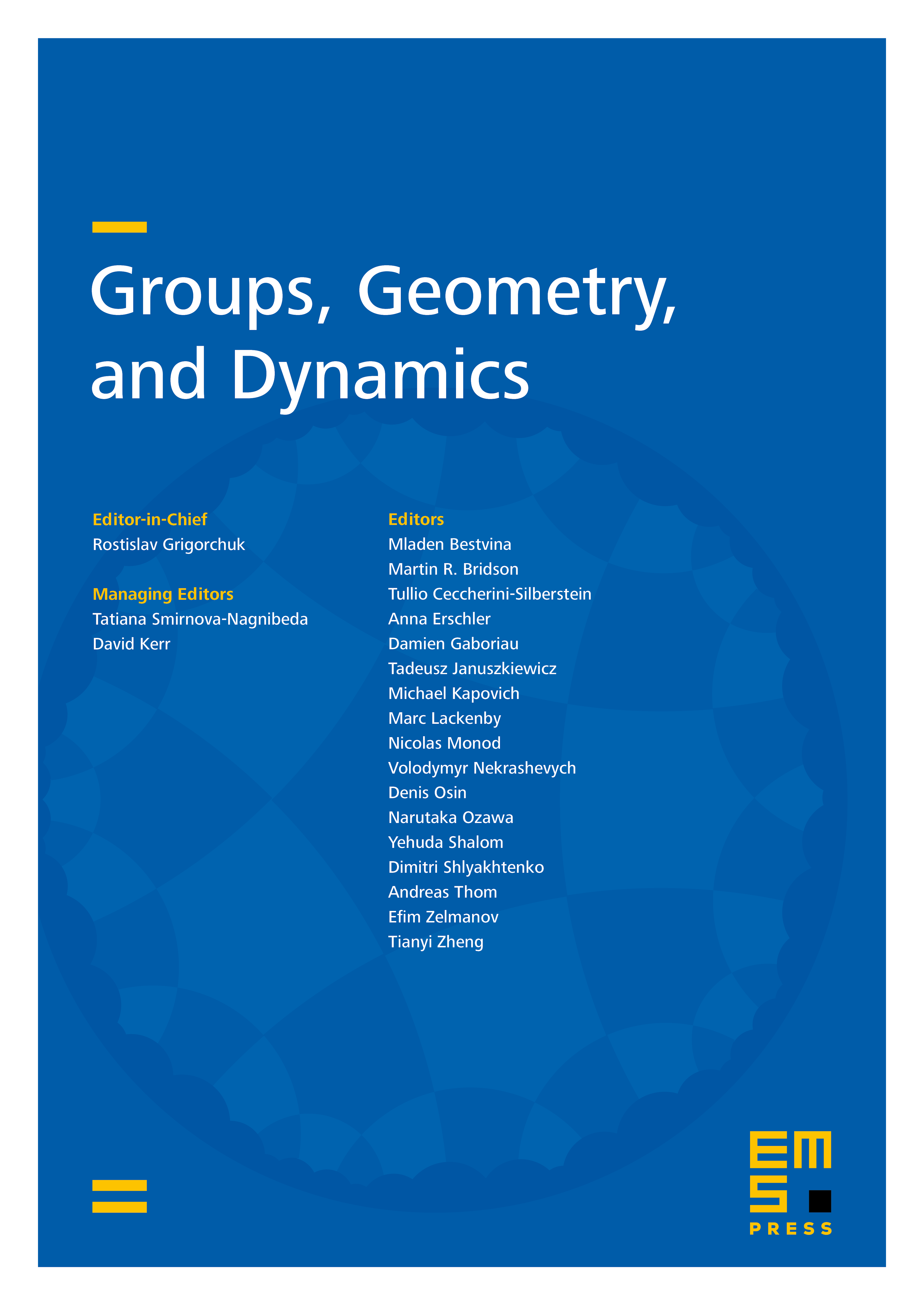Automaton groups and complete square complexes
Ievgen Bondarenko
National Taras Shevchenko University of Kyiv, UkraineBohdan Kivva
University of Chicago, USA

Abstract
The first example of a non-residually finite group in the classes of finitely presented small-cancelation groups, automatic groups, and groups was constructed by Wise as the fundamental group of a complete square complex (CSC for short) with twelve squares. At the same time, Janzen and Wise proved that CSCs with at most three, five or seven squares have residually finite fundamental group. The smallest open cases were CSCs with four squares and directed complete complexes with six squares. We prove that the CSC with four squares studied by Janzen and Wise has a non-residually finite fundamental group. For the class of complete directed complexes, we prove that there are exactly two complexes with six squares having a non-residually finite fundamental group. In particular, this positively answers to a question of Wise. Our approach relies on the connection between square complexes and automata discovered by Glasner and Mozes, where complete complexes with one vertex correspond to bireversible automata. We prove that the square complex associated to a bireversible automaton with two states or over the binary alphabet generating an infinite automaton group has a non-residually finite fundamental group. We describe automaton groups associated to CSCs with four squares and get two simple automaton representations of the free group .
Cite this article
Ievgen Bondarenko, Bohdan Kivva, Automaton groups and complete square complexes. Groups Geom. Dyn. 16 (2022), no. 1, pp. 305–332
DOI 10.4171/GGD/649